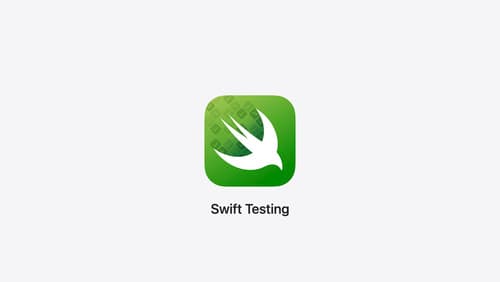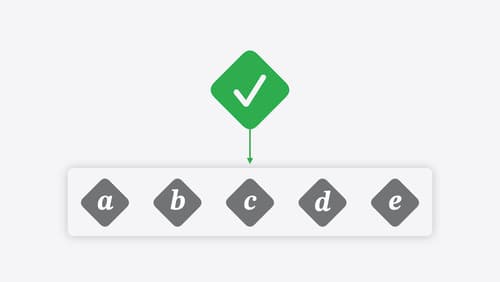How can I move Swift to testing?
Asked on 2024-07-31
1 search
To move your Swift code to testing, you can use the new Swift Testing framework introduced by Apple. Here are the steps and some key points to help you get started:
-
Add a Test Bundle Target:
- In Xcode, choose
File > New > Target, then search forUnit Testing Bundlein the test section. Swift Testing is now the default choice for this template in Xcode 16. Choose a name for your new target and click finish.
- In Xcode, choose
-
Writing Tests:
- To declare a test, add a
@Testattribute to your function. You can provide a custom display name as an argument to the@Testattribute to make it easier to understand what the test is doing. - Use the
expectmacro to evaluate the result of any Swift expression, making it easy to write complex checks.
- To declare a test, add a
-
Migrating from XCTest:
- If you have existing tests written with XCTest, you can migrate them to Swift Testing. Swift Testing uses the
@Testattribute to denote test functions explicitly, unlike XCTest which uses method names starting withtest. - Swift Testing supports more kinds of functions, including instance methods, static methods, and global functions.
- It also supports traits for specifying information per test or per suite and takes a different approach to parallelization by running in-process using Swift concurrency.
- If you have existing tests written with XCTest, you can migrate them to Swift Testing. Swift Testing uses the
-
Running Tests:
- You can run tests from the terminal by typing
swift test. This command runs both XCTest and Swift Testing tests, showing pass and fail results with detailed failure messages.
- You can run tests from the terminal by typing
-
Organizing Tests:
- Swift Testing allows you to use tags to organize and filter your tests. You can also parameterize tests to avoid duplicating the same test for multiple inputs.
-
Community and Open Source:
- Swift Testing is open source and hosted on GitHub. It has an open feature proposal process, and you can get involved by writing or participating in feature proposals, improving documentation, or filing bug reports.
For more detailed information, you can watch the session Meet Swift Testing which covers the building blocks and common workflows of Swift Testing.
Relevant Sessions
These sessions provide comprehensive insights into Swift Testing and how to effectively use it in your development process.

What’s new in Swift
Join us for an update on Swift. We’ll briefly go through a history of Swift over the past decade, and show you how the community has grown through workgroups, expanded the package ecosystem, and increased platform support. We’ll introduce you to a new language mode that achieves data-race safety by default, and a language subset that lets you run Swift on highly constrained systems. We’ll also explore some language updates including noncopyable types, typed throws, and improved C++ interoperability.

Meet Swift Testing
Introducing Swift Testing: a new package for testing your code using Swift. Explore the building blocks of its powerful new API, discover how it can be applied in common testing workflows, and learn how it relates to XCTest and open source Swift.

Go further with Swift Testing
Learn how to write a sweet set of (test) suites using Swift Testing’s baked-in features. Discover how to take the building blocks further and use them to help expand tests to cover more scenarios, organize your tests across different suites, and optimize your tests to run in parallel.
